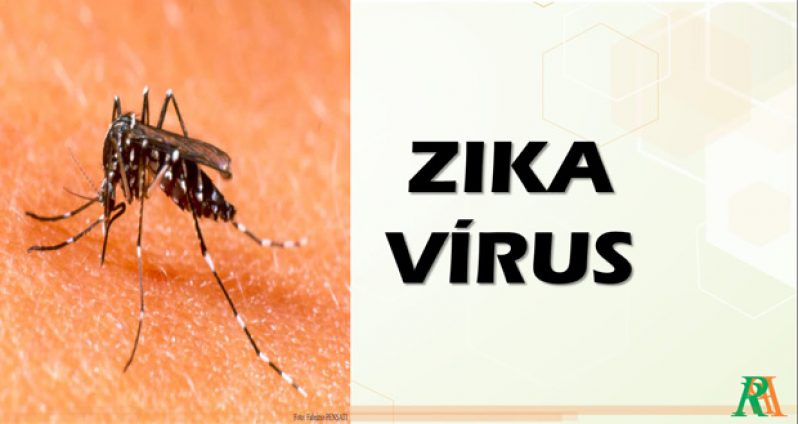WITH health authorities in Brazil linking the Zika fever to birth defects, the Public Health Ministry here in Guyana is taking precautionary measures to safeguard pregnant women.According to the World Health Organization (WHO), “Zika fever is a mosquito-borne viral disease caused by Zika virus (ZIKV), consisting of mild fever, rash (mostly maculo-papular), headaches, arthralgia, myalgia, asthenia, and non-purulent conjunctivitis, occurring about three to 12 days after the mosquito vector bite.”

It was explained that one out of four people may not develop symptoms, but the affected often experience mild symptoms that can last between two and seven days. Its clinical manifestation is often similar to dengue, also a mosquito-borne illness.
But though the symptoms appear minute, the Zika virus can result in life-threatening defects. Late November, the British Broadcasting Company (BBC) reported that, in Brazil, the Zika fever was linked to a spike in cases of micro-encephalitis -– an inflammation of the brain contracted in the first months of pregnancy.
The Brazilian Health Ministry had said that doctors had found Zika virus in the blood and tissue of a baby with micro-encephalitis in the north-eastern state of Ceara. This disease can stunt the growth of the foetus’s head.
Here, in Guyana, it is becoming a cause for major concern. In an interview with Guyana Chronicle on Tuesday, Public Health Minister Dr. George Norton expressed concern that the virus could result in the development of micro-encephalitis.
“It is important for pregnant mothers to protect themselves from mosquitoes that spread the Zika virus,” Minister Norton said. The virus is transmitted by the Aedes aegypti mosquitoes, which are also carriers of the yellow fever, dengue and chikungunya viruses.
In its quest to help pregnant women protect themselves from being bitten by the Aedes aegypti mosquitoes, the Public Health Ministry has commenced distribution of insecticide-treated bed nets along the coastlands of Guyana.
According to Dr. Norton, the Public Health Ministry has recently taken a decision to distribute the insecticide-treated bed nets at health centres across Guyana. “So when pregnant women attend their regular clinics, they will be given the treated mosquito nets, so they can use within their homes,” the Public Health Minister explained.
Additionally, the Public Health Ministry will spearhead fumigation, commonly known as fogging, in and around Georgetown. Fumigation is a method of pest control that completely fills an area with gaseous pesticides — or fumigants — to suffocate or poison the pests within the area.

Although not as deadly as Chik-V, ZIKV can cause significant illnesses in severe cases. In some cases, co-infection of ZIKV and dengue can occur in some patients. It may lead to autoimmune diseases, wherein the immune system turns on itself and starts destroying different cells, leading to possible nerve and bleeding disorders. However, most persons affected with ZIKV will have only a mild course, with symptoms similar to dengue, and will recover in a few days’ time.
According to the Chief Medical Officer Dr. Shamdeo Persaud, there is no vaccine or specific treatment for the Zika virus infection. It was explained that treatment was mainly symptomatic, thus support — including rest and the use of acetaminophen and paracetamol to relieve fever and pain — can be useful. Antihistamines can also be used to control itching.
“Using aspirin is not advised, due to risk of bleeding and developing Reye’s Syndrome in children under 12 years.
At the same time, patients are advised to drink plenty of fluids to replenish loss from sweating, vomiting, and diarrhoea,” he explained.
The Zika virus was first isolated in 1947 in the Zika Forest of Uganda in a Rhesus monkey during the transmission of wild yellow fever. The virus was first isolated in humans in 1952 in Uganda and Tanzania. Further, in 1968, the virus was detected in human samples in Nigeria.
In 2007, the first major outbreak of Zika virus fever occurred on the island of Yap in Micronesia, where 185 suspected cases were reported. In October 2013, approximately 10,000 cases were registered in an outbreak in French Polynesia. Brazil confirmed its first case of ZIKV in May 2015.
Recent outbreaks of the virus in different regions of the world demonstrate the potential of the spread and outbreak of this arbovirus in regions where the Aedes aegypti mosquitoes are present.
By Svetlana Marshall




.png)









